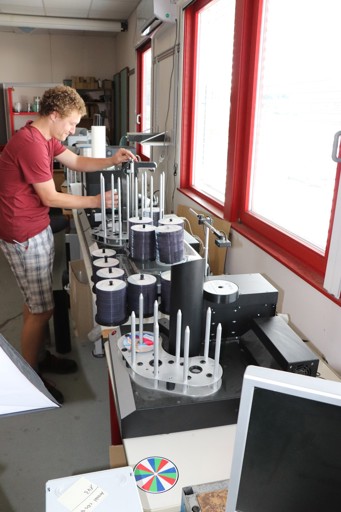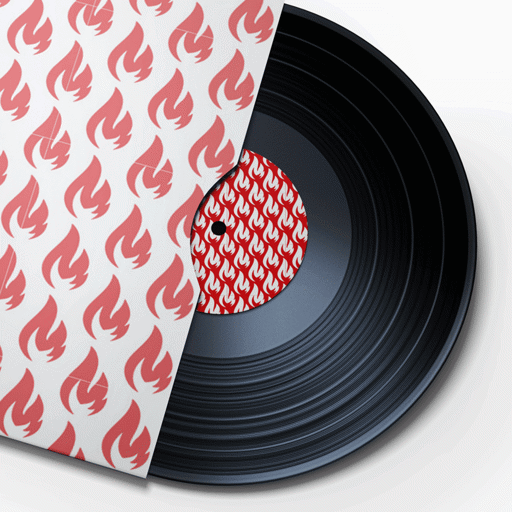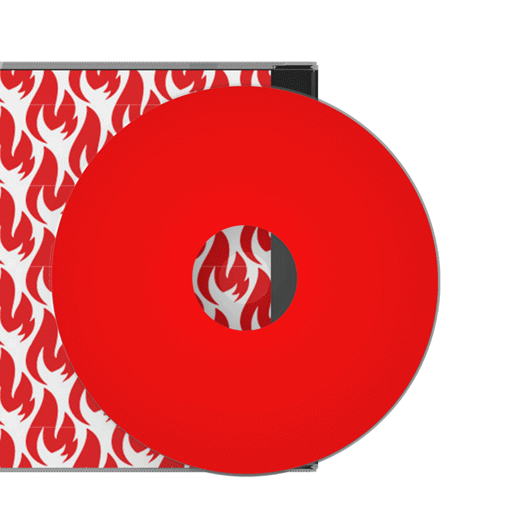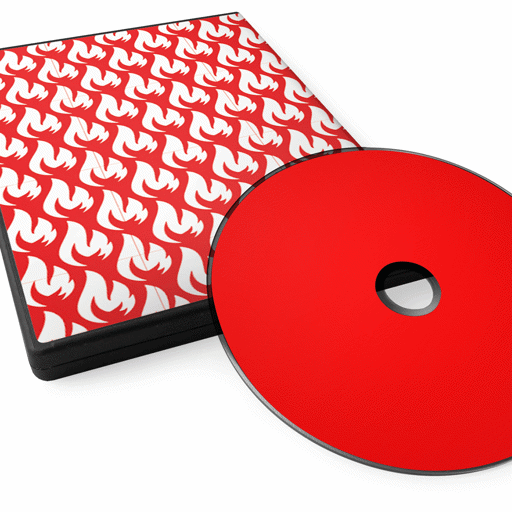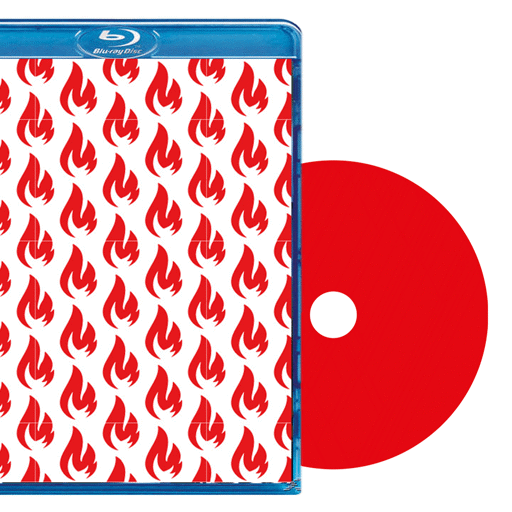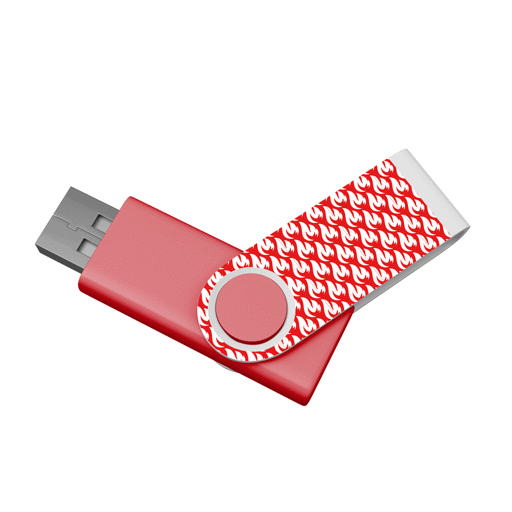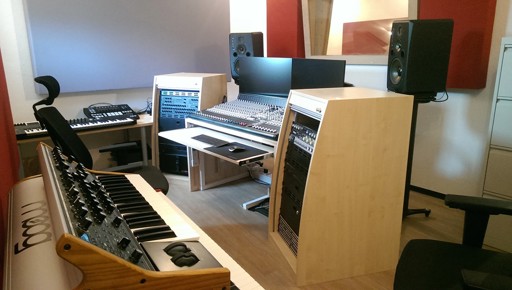Lacquer Cutting
Cutting into lacquers is an older method of mastering for vinyl records, but still has many supporters and fans. This analogue mastering technique is widely accepted and used thanks to bigger number of lacquer cutting lathes available and the tradition of lacquer mastering through the years.
Hundreds of various lathes were produced during the golden era of vinyl records between the 50s and 80s and many of them are still operable. The softer lacquer material allows very high cutting levels resulting in very loud records, but with risk of various distortions and mistracking on some turntables. Lacquer cutting requires well trained engineers and years of experience to create the best sounding vinyl records.
The audio signal is transcribed into a master plate called lacquer through a dedicated cutting head comprised of two moving coils perpendicular to each other – one for the left and one for the right channel. Movements of both coils are transferred to a cutting stylus with a sharp triangular tip on the end. The stylus for cutting into soft lacquer is heated and is made out of sapphire or ruby gems and cuts a spiral V-shaped sound groove into a nitrocellulose layer covered on an aluminium disc. Stampers for record pressing are manufactured from such mastered lacquers by a three step electroforming process in electrolytic baths. It is recommended to start these processes with already cut lacquers as soon as possible to avoid deformations of grooves caused by heat and other environmental factors.
The advantages of lacquer cutting are that a hicker lacquer layer allows for bigger vertical amplitudes, which can carry more out-of-phase low frequency signals (e.g. a bass guitar or a kick drum placed only in one channel), but with higher risk of mistracking. They also allow wider and deeper grooves which are more tolerant for most kinds of surface damage and offer a little bit higher resistance for skipping caused by badly calibrated turntables. However, very wide and deep grooves can cause issues in the subsequent galvanic and pressing processes. It often results in higher noise and more crackles and pops.
Lacquers deteriorate over time, hence we prefer that lacquers are cut and processed in the shortest possible time frame. If you have your lacquers produced by your own engineers and supply them to us for plating, please ensure that these are sent to us quickly (in coordination with our projects team) and insist on adequate packing and labelling. Long journeys and wrong storage during transport is detrimental to the final quality of the pressing. We don’t accept liability for the inferior quality of test pressings resulting from improper handling of lacquers. We advise you send us backup WAV files with every lacquer.
Please do not hesitate to contact us:
|
ADR Europe / +49-6222-9388-0
or write us via e-mail:
ADR USA / North America +1 (920) 757 3188
or write us via e-mail: |
ADR UK /
+44 (0) 7801884478
or write us via e-mail: ADR Ireland +353 (1) 231 2805
or write us via e-mail: |
ADR Australia / +61 (0) 40 88 11 592
or write us via e-mail:
ADR South East Asia
+65-9863 4532 |
ADR Malta +356 (0) 2034-1623 or write us via e-mail: info@adr-ag.com |


